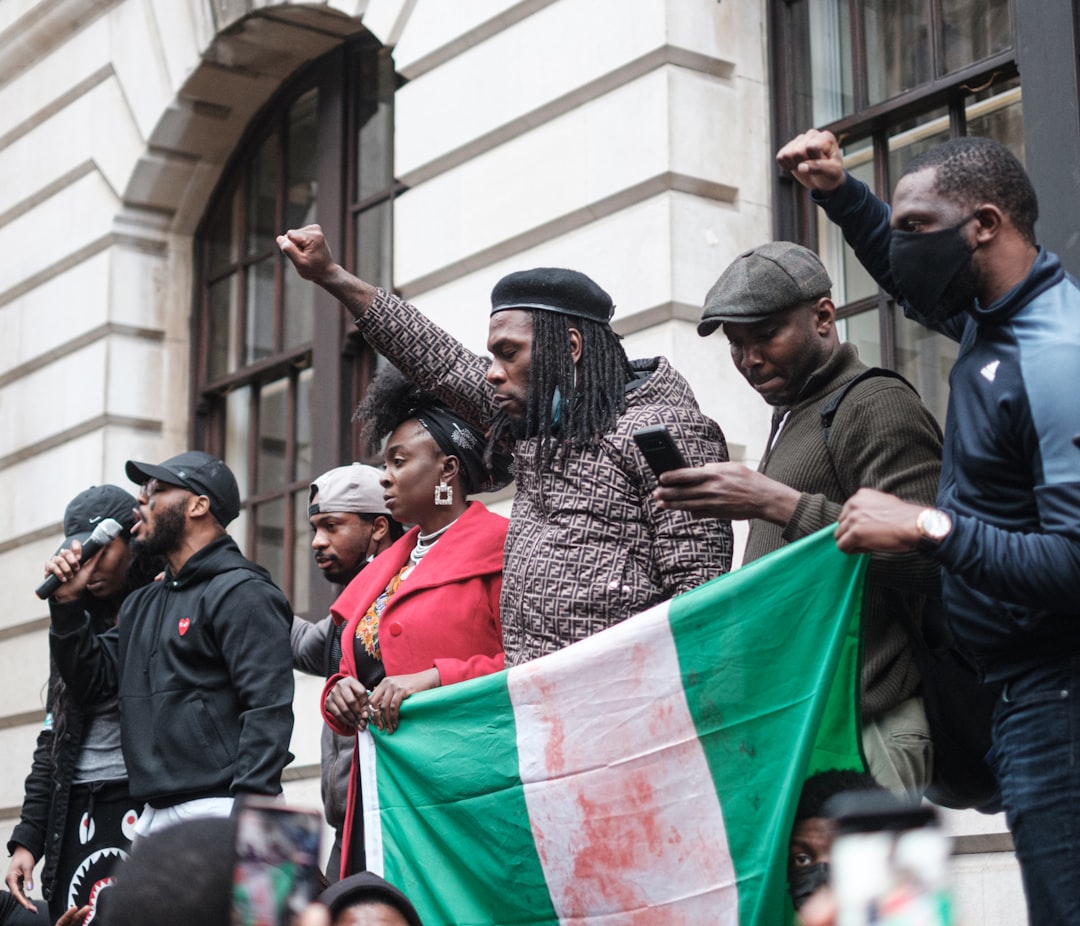What is it about?
This paper argues that the uniform, conceived as a special type of ‘social skin’ has been incorporated by individuals and groups into a complex chain of processes and meanings in the Grassfields – which I describe as the uniformization of sociocultural life. I demonstrate that uniforms unlike ordinary clothing are salient precisely because of their unique role as markers of collective identity but also because they embody and at once express the paradox of similarity and difference. Central to these processes and meaning-construction are community-based associations that have elevated the uniform to a new kind of orthodoxy. These perspectives are borne out by ethnographic interpretations of the ways in which variously positioned subjects in the Grassfields relate to and embody the special object that the uniform is.
Featured Image
Why is it important?
This article uses ethnographic data to explain the recent popularity of uniforms in sociocultural life in West Africa.
Read the Original
This page is a summary of: FABRICS OF IDENTITY: UNIFORMS, GENDER AND ASSOCIATIONS IN THE CAMEROON GRASSFIELDS, Africa, November 2015, Cambridge University Press,
DOI: 10.1017/s0001972015000625.
You can read the full text:
Contributors
The following have contributed to this page










